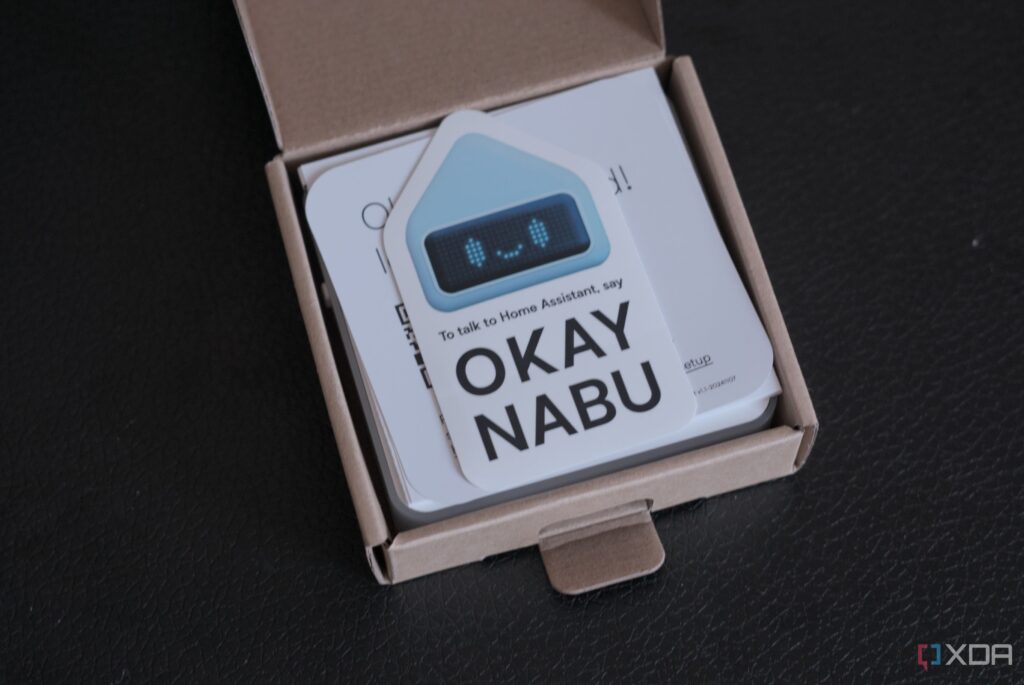
BREAKING NEWS: A new trend is emerging in home automation as tech enthusiasts are successfully connecting local large language models (LLMs) to smart home systems, proving these setups outperform established cloud-based assistants like Alexa. This development, which has gained traction recently, is transforming how users interact with their home technology.
The urgency comes as more individuals seek smarter, more private solutions for their homes. Traditional assistants such as Alexa and Google Assistant often fall short of user expectations, particularly when advanced customization is required. With local LLMs, users can sidestep the limitations of cloud dependency and enjoy an enhanced, personalized experience.
Just announced: Users are reporting significant improvements in functionality and user experience after integrating LLMs into their home automation systems. One user shared their experience of moving from Alexa to a local LLM, stating, “After throwing Alexa out the front door, I found a smarter and more private way to run my automations.”
This shift is not just about convenience; it represents a growing demand for privacy and control over personal data. Unlike cloud-based assistants, local LLMs operate entirely within the home network, meaning no data is sent to external servers. This enhances security and protects user privacy, a crucial factor for many consumers today.
Setting up a local assistant is more straightforward than ever. As one tech enthusiast demonstrated, leveraging tools like Ollama and Home Assistant, users can create their own AI models hosted on personal hardware. The integration process is seamless, allowing for voice commands and music playback through connected devices.
With the aid of tools like Whisper and Piper, users can convert speech-to-text and vice versa, making interactions with their smart home feel natural and intuitive. One user noted, “Now, I can simply say, ‘Okay, Nabu. Good night,’ and everything turns off with a single command.” This level of sophistication highlights the potential of local LLMs to handle complex tasks effortlessly.
Furthermore, the ability to integrate with security features, such as motion detection from IP cameras, empowers users to automate actions based on specific scenarios. For instance, lighting can be controlled when family members return home after dark, enhancing safety and convenience.
The growing community around local LLMs is further fueled by extensive online resources. Detailed guides on setting up these systems are available, democratizing access to advanced home automation technologies. This grassroots movement is reshaping the smart home landscape, making it more accessible and customizable than ever before.
As this trend continues to gain momentum, experts anticipate a shift in how consumers approach home automation. The transition from cloud-based assistants to local solutions reflects a broader demand for privacy, control, and smarter technology in everyday life.
Stay tuned for more updates as this story develops. The smart home revolution is here, and local LLMs are leading the charge!





